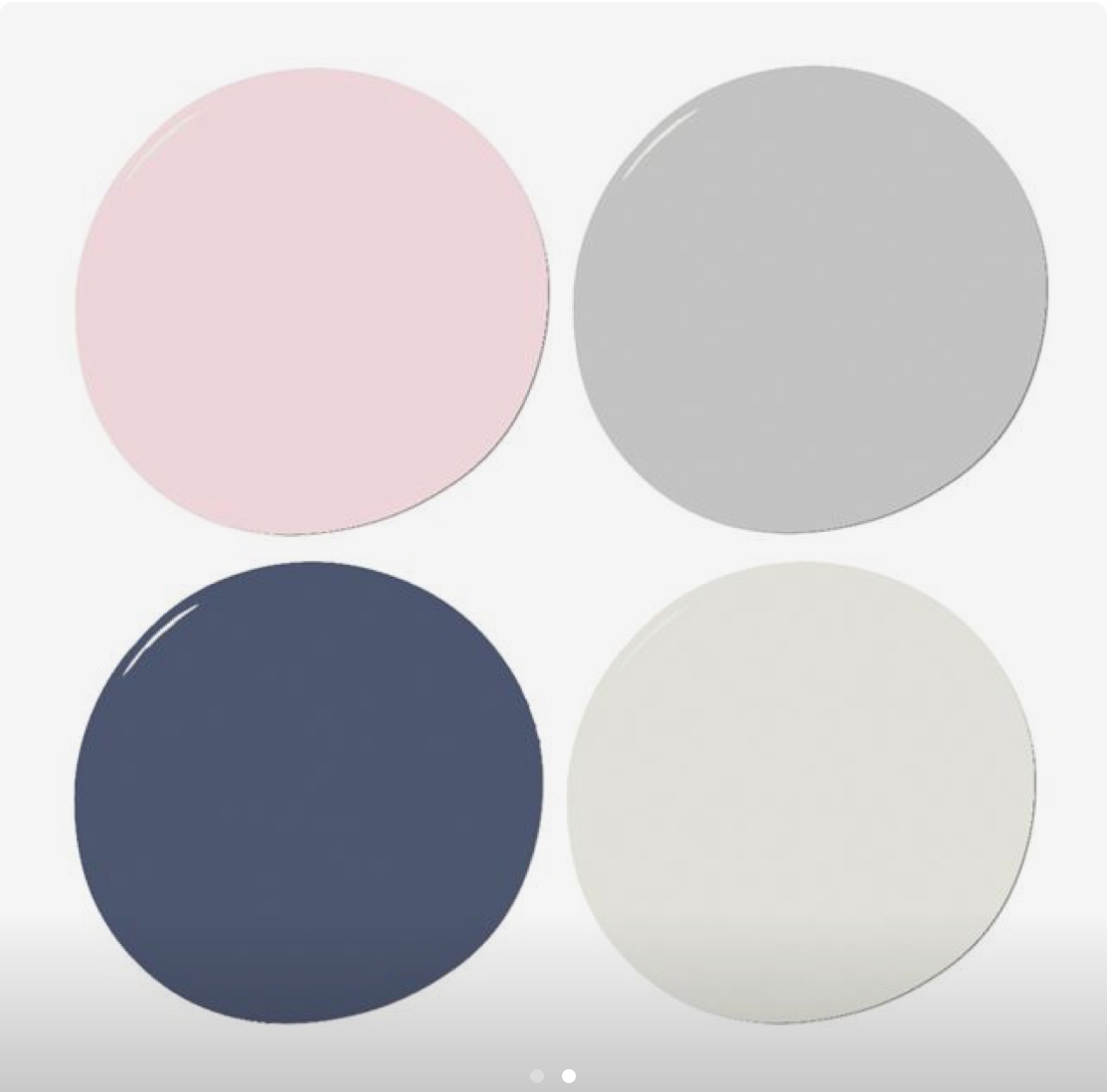Posted by:
Category:
Comments:
Post Date:
Blog
Did you know that color is one of the most important parts of a design?
Color has the ability to help make your design memorable and recognizable, think Tiffany blue and John Deere green. Color also has an ability to bring an emotional response from your clients or audience. It can make them feel safe, happy, energized, or even trusting. Color can attract your dream clients and audience or it can have them running toward the hills.
While color is important to the overall design experience I see many small designers struggle to nail down a color palette that tells their story. They aren’t sure how many colors they need or how to use them. I see a lot of owners falling into the trap of choosing colors that are too similar to their competition making it difficult to stand out from the crowd.
Don’t worry if this sounds like where you are right now because I can help you. I’m going to show you not only how to choose the perfect color palette but how you can use it to tell your story.
With my own clients, I think it’s important to go over the psychology of color.
Color Psychology
A color is a powerful tool used by designers to tell their audience a story without words. The right colors can drive your audience to take specific actions, like buy a product, or feel specific emotions. It’s so powerful in fact that research has shown that 90% of consumers make snap judgments about products based on color alone.
To understand how color impacts an audience look at some of the most common color associations.
Pink
Pink is most often associated with femininity, but more and more you see pink being used in more modern branding. T-Mobile has done an amazing job using pink in its branding and seen great success. So gentlemen don’t count out pink as an option for your business as well
The most common positive associations for this color are healthy, happy, sweet, and playful. The negative associations weak and immature.
Red
Red is a powerful color choice for branding. Red attracts more attention than any other color. When you see a red light it grabs your attention and you stop. That’s why so many businesses use it in strategic marketing, like sales and opt-in form.
The most common positive associations for red are powerful, strength, desire, and energy. The negative associations are danger, anger, and warning.
Yellow
Yellow brings to mind sunshine and warmth. It’s also good at grabbing attention, like taxi cabs on a busy street. Yellow can also represent caution and if overused it can create discomfort in your audience. Did you know babies cry more in yellow rooms?
The positive associations with yellow are bright, sunny, energetic, happy, perky and warm. The negatives are caution, irresponsible, and unstable.
Orange
Orange is an energizing color that combines the happiness of yellow and the power of red. Orange is a very confident color and is often stimulating. It can even stimulate your appetite so it’s a great choice for anyone in the food industry.
The positive associations with orange are courage, friendliness, success, creativity, and affordability. The negative associations are ignorance and sluggishness.
Blue
Blue is often seen as a calming color and can create a sense of trust with your audience. Blue is a popular choice for businesses dealing in finance and travel but rarely used by the food industry because blue is said to suppress the appetite.
The positive associations of blue are tranquility, security, integrity, peace, loyalty, trust and intelligence. The negatives are coldness, fear, and masculinity.
Green
Green is a color that brings to mind nature and money. No real surprise there. It’s a popular choice for eco-friendly business. Green is also a calming color that slows metabolism. Green also commonly produces emotions of safety.
The positive associations with green are freshness, environment, money, health, and fertility. The negative associations are jealousy, envy, and guilt.
Purple
Purple is the color of royalty so naturally, it brings to mind luxury. Purple is used by companies like Hallmark to bring a sense of nostalgia and Cadbury to represent decadence. Purple combines the energy of red and the trust of blue.
The positives associated with purple are royalty, nobility, luxury, ambition, and wealth. The negatives are mystery and moodiness.
Black
Black is elegant and no-nonsense. Black is also classy, think about that little black dress or tuxedo. Black can make a bold statement and is considered very traditional.
The positive associations for black are tradition, elegance, protection, drama, formality, and class. The negative associations are death, evil, intimidating, unfriendly and mystery.
Brown
Brown is a very earthy color and often represents nature. Brown can represent dependability and stability. Which is why companies like UPS have seen such success with this color. Brown isn’t popular for branding but if you want your audience to feel comfortable and safe it might be a good choice.
The positives associated with brown are security, balance, earthiness, seriousness, simplicity, and sincerity. The negatives are roughness and waste.


Comments (0)
… [Trackback]
[…] There you will find 80406 more Infos: sweetflowerstudios.com/how-to-choose-the-perfect-colors/ […]
… [Trackback]
[…] Find More to that Topic: sweetflowerstudios.com/how-to-choose-the-perfect-colors/ […]